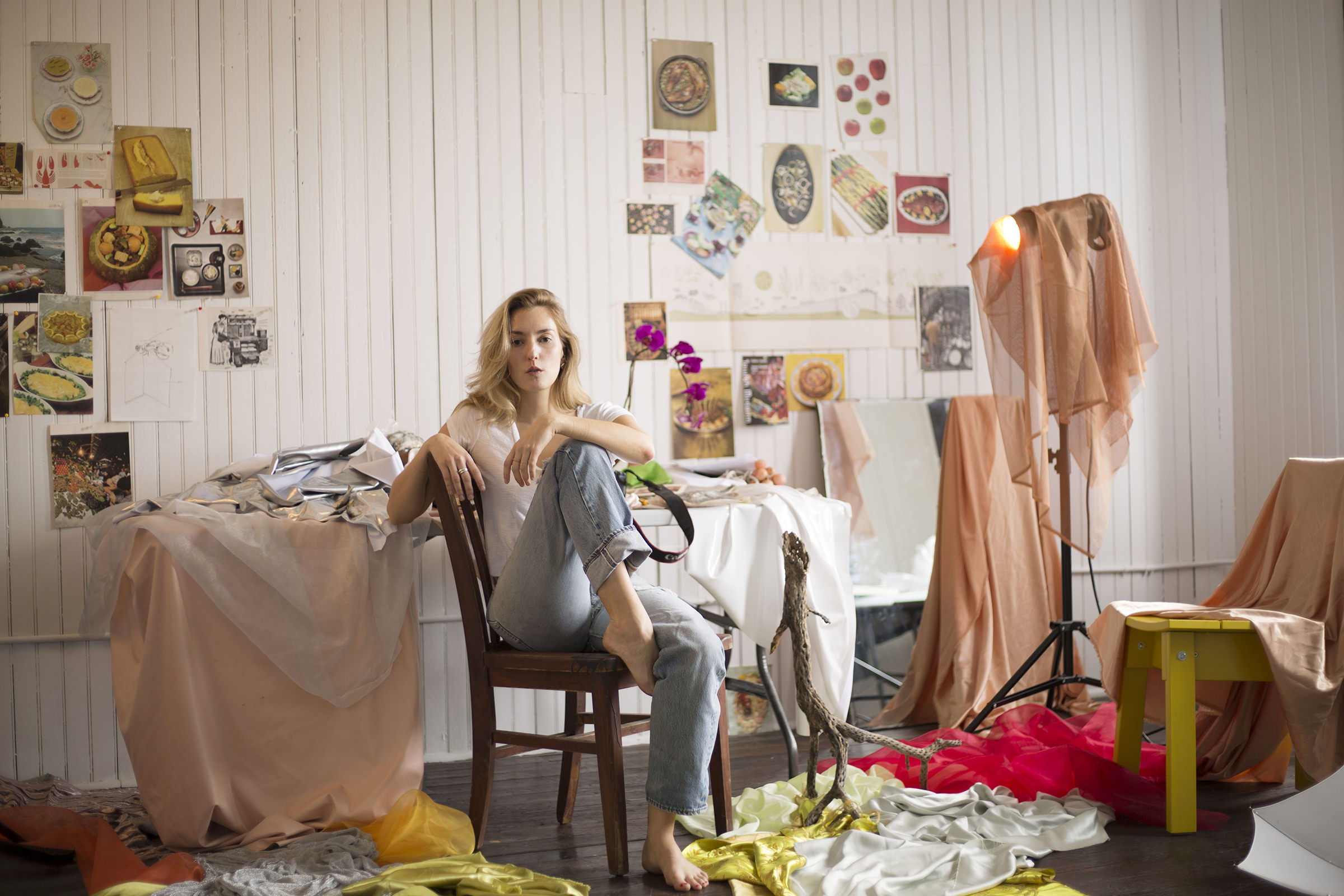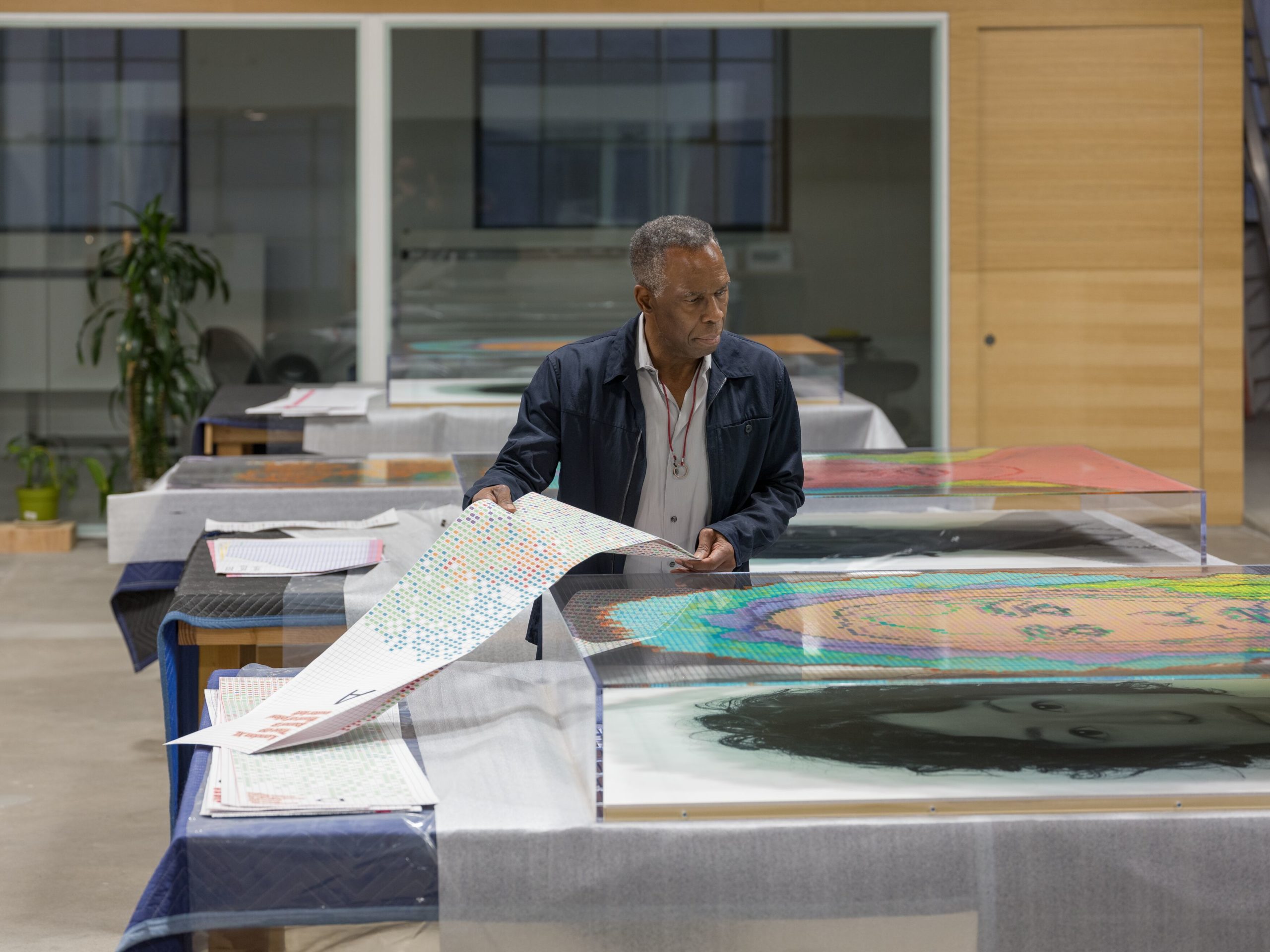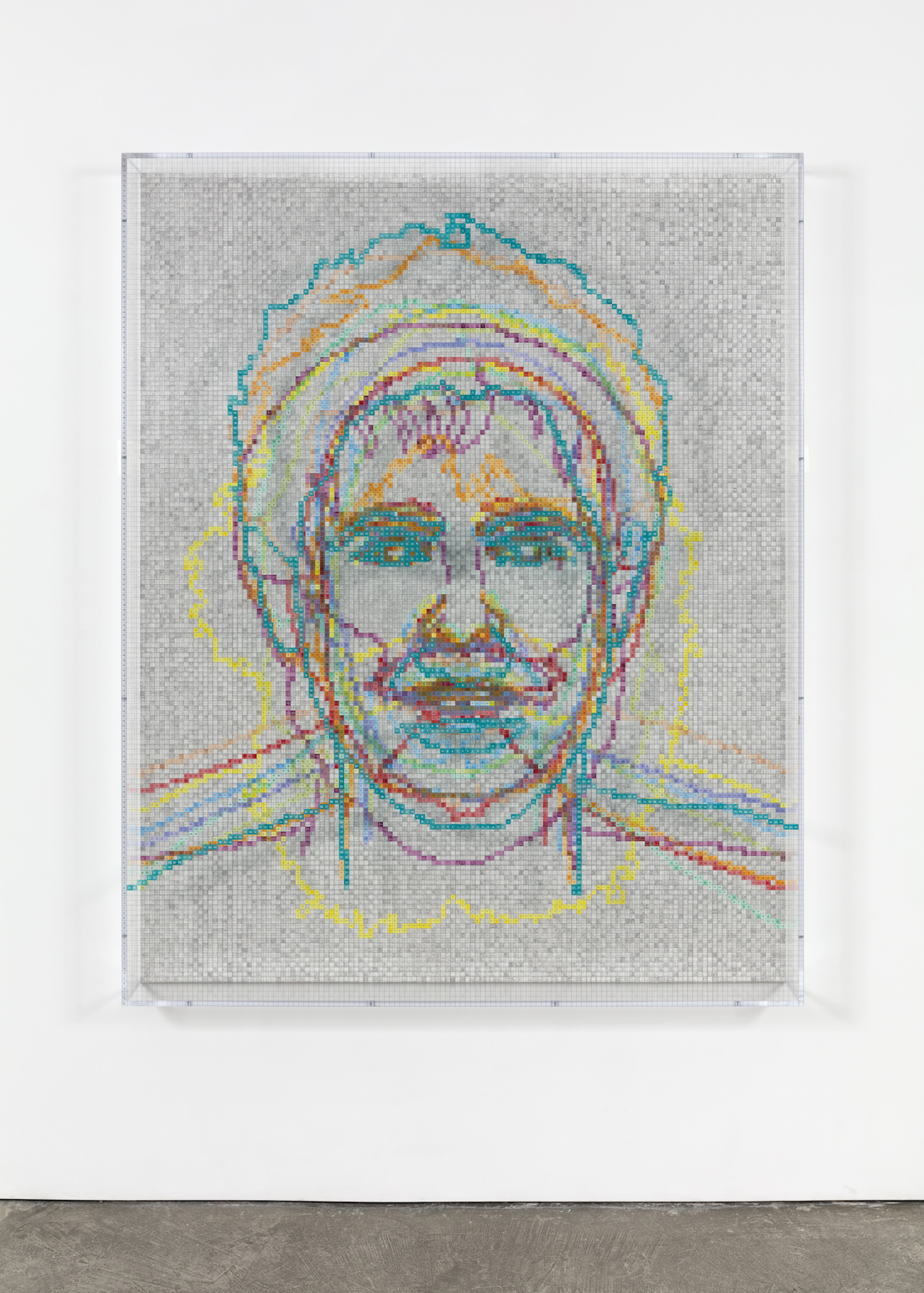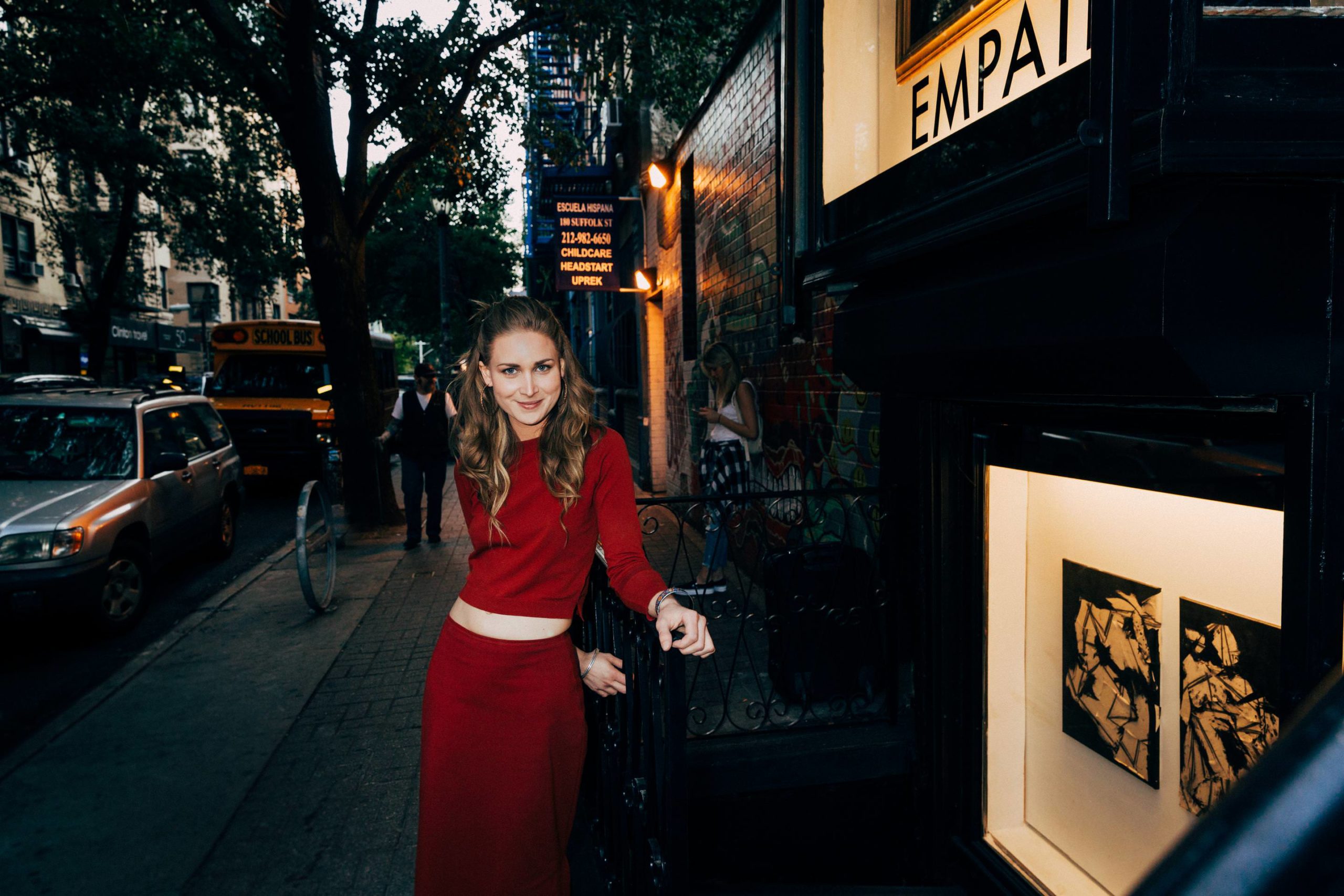Arden Surdam’s solo show “Offal” opens today at ABXY in New York (on view through August 30). The Los Angeles-based artist creates experimental photographic still lifes using food in various stages of decay—referencing masters like Chardin and Soutine, as well as our contemporary relationship with taste.
A few weeks before the opening, Whitewall caught up with Surdam to learn about her unique practice.
WHITEWALL: How did you arrive at your practice of using photographic methods to activate organic material?
ARDEN SURDAM: Excellent question, this isn’t something I’ve considered for a while! I started incorporating organic materials into my practice during graduate school. The bedrock of CalArts is conceptual and interdisciplinary art making so I was consistently encouraged to move beyond the limitations of photography. In that environment, I was attracted to food as subject matter not only for its symbolic value, but also because it’s inherently non-archival. Organic materials move, decompose, wither, and change color. They’re constantly transforming, resisting capture.
With the guidance of gifted faculty like Anna Craycroft, Charles Gaines, Harry Dodge, Jenny Marketou, among others, I began experimenting with food matter in other mediums. I casted sculptures, made (bad) videos, and led social practice events. I’ve always been fascinated by class, but it was through this interdisciplinary approach that I realized how powerfully food could speak about social hierarchies and cultural constructs.
WW: I imagine there is a good deal of experimentation in your work prior to a show. Can you tell us about that?
AS: Photography—especially still life—is about intent and control; yet the materials I engage with constantly oppose this framework. And honestly, that’s what I love about making my work. The experimentation in the studio is situated in these trial and error scenarios that are dictated by the materials’ lifespan and makeup.
For instance, with the liver photographs, liver is such a slippery substance and of course decays over time. I bought a few pounds of it from a local butcher in Texas and instantly discovered that it would slink off the little fabric sets I built. The meat transformed from deep red to a ruddy brown in hours, so I learned to photograph it quickly as well as embrace its natural susceptibility to gravity. I shot the image in low light on a darker background versus high key or over a period of days. And that doesn’t even include the scents! These are minor details but they illustrate the ways in which the work dictates what I make rather than vice versa. Even when I visualize an image, it’s always more a transformation of an idea rather than a rendering of a predetermined piece.
WW: You explore how foods like fish, meat, cheese, and cake decompose or react, but you’re also interested what these foods symbolize. Can you tell us more about that?
AS: David Hammons is quoted as saying, “Art is about symbols, and outrageously magical things happen when you mess around with a symbol.” My intention in working with food is beyond representing degradation; it is to illuminate the class structures and hierarchies associated with what we eat. And frankly, I think a still life is the best way to do this. Still lifes are all about metaphors. Take de Heem’s Still Life with Lobster, it’s pure opulence! The lobster, oysters, flowers, etc.; all these objects connote class and specificity of taste.
This taste, as Pierre Bourdieu argues, is dictated by social capital, education, affluence, and is, fundamentally, a construct. I am interested in intervening in or collapsing these constructions. Viewers will notice there’s latent humor and violence in the work. I think of these gestures as subtle acts of rebellion, with a dash of satirical violence towards privilege, food, cultural heritage, and sexuality. All of this, I guess, returns to your previous question—there’s experimentation in the exhibition, but also great intentionality with the objects and their arrangement within my photographs.
WW: Can you tell us about what we can expect from your show opening this June at ABXY, “Offal”?
AS: Anticipate images of caviar, oysters, dead ducks, chickens, and obviously offal. The show features 18 still life pieces shot against fabric backdrops, referencing art historical tropes from religious iconography to traditions of noble Dutch drapery to Chardin & Soutine’s famous ray fish images. My backdrops are often bunched, hanged, fluttered etc. while the actual objects in the still life are a sort of collision of death or—depending on the viewer—an explosive release within the confines of a frame. Alongside the images is a custom donut shaped algae tank, lit by LEDs and filled with a growth of spirulina, which will transmute over the two month exhibition period.
WW: How do you consider viewer experience when planning a new body of work?
AS: My job as an artist is to convey, in creative and inventive ways, my ideas to a viewer and I take that responsibility seriously. I like to consult with non-artists while I’m making work, asking friends and family what they see. When someone verbally relays the objects they’re seeing or the feelings they’re having in response to a work of art, the role of the creator radically shifts: you become an active listener. I think it’s part of any artist’s job, not only to create or see, but to truly listen.
Food is intensely personal to all of us, so everyone will have a different experience of each piece, but my intention is not only to expose the tension between what is considered perfection and the messiness of life, but to show that chaos as something marvelous in its own right.









